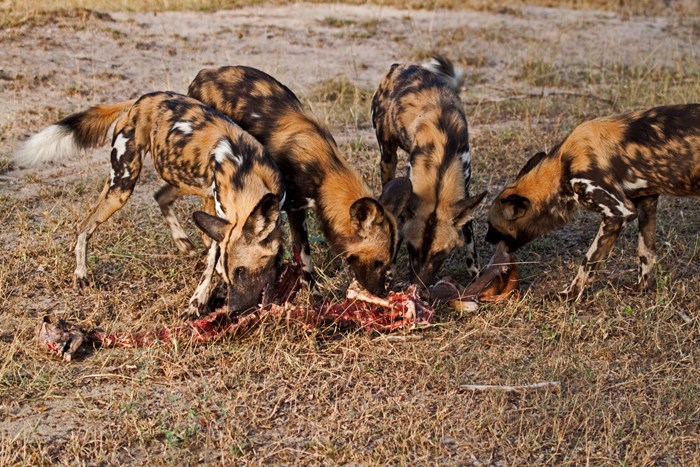The African elephant is the largest land animal on Earth, but even with its massive size, it is vulnerable to attacks from predators and can even die from battles with other elephants. Survival in the wild is harsh for all animals, and young elephants are especially at risk from lions who see them as easy prey. Baby elephants rely on their mothers for protection, and any separation from the herd makes them an easy target.

As adult elephants grow up, they must learn to survive and feed themselves. However, they face other challenges, such as a lack of food and competition for resources from other elephants. Conflict can arise between elephants, and battles between two male elephants can be fierce as they fight for dominance in the herd. These battles may continue until one elephant dies, determining the rank of the survivor.

When an elephant dies, it is a significant event for the ecosystem. Other elephants arrive on the scene to mourn the loss of their fellow elephant, engaging in mourning rituals that include body mounting and exploring the body with their tusks and front feet. Hyenas and vultures arrive to scavenge the carcass, with vultures having to wait for hyenas to tear through the tough elephant hide. Even decomposers such as maggots play a role in breaking down the carcass and releasing nutrients into the soil, creating a fertile patch of ground.

Despite the tragedy of losing an elephant, these deaths can be beneficial for other carnivores and the environment as a whole. Vultures, whose populations have been in decline worldwide due to human activity, can benefit from feasting on the carcass, and the soil environment can benefit from the release of nutrients.
In conclusion, the death of an elephant is a natural part of the ecosystem, and while it is sad, it provides a crucial source of food and nutrients for other animals and helps to maintain the balance of the environment
Video:





